Ferdinand Berthoud
Introducing the Ferdinand Berthoud FB 3SPC
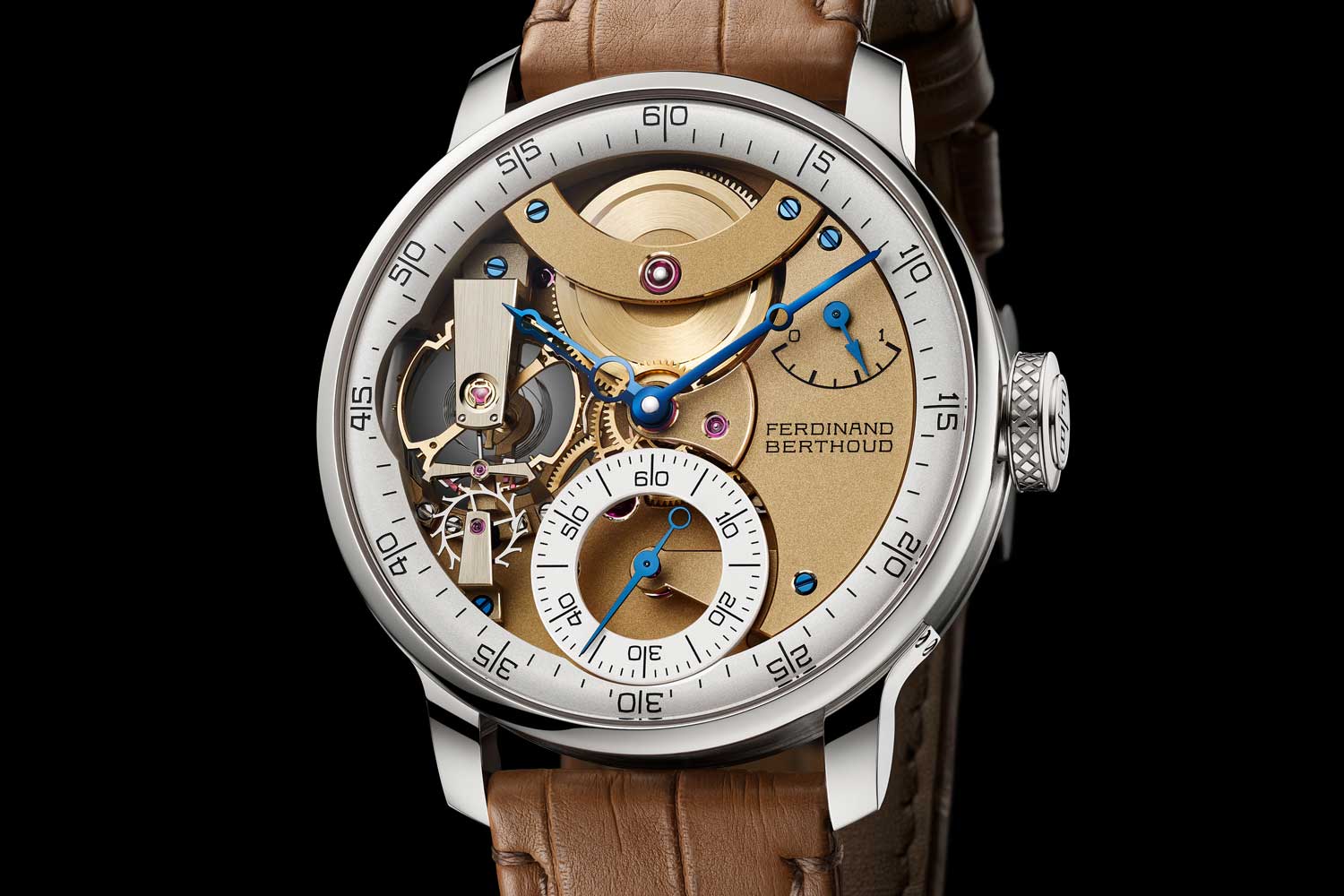
Ferdinand Berthoud FB 3SPC.1
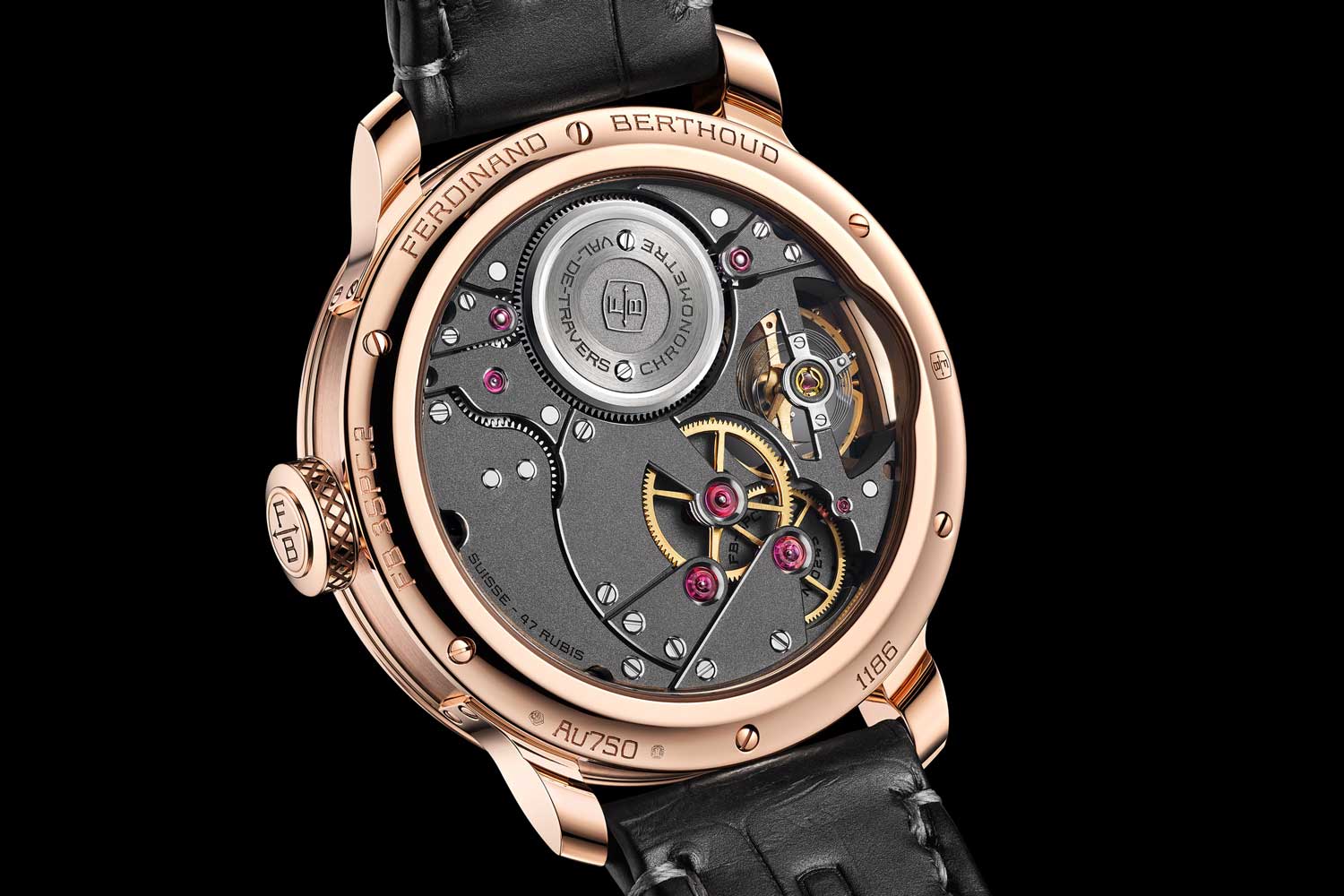
Ferdinand Berthoud FB 3SPC.2
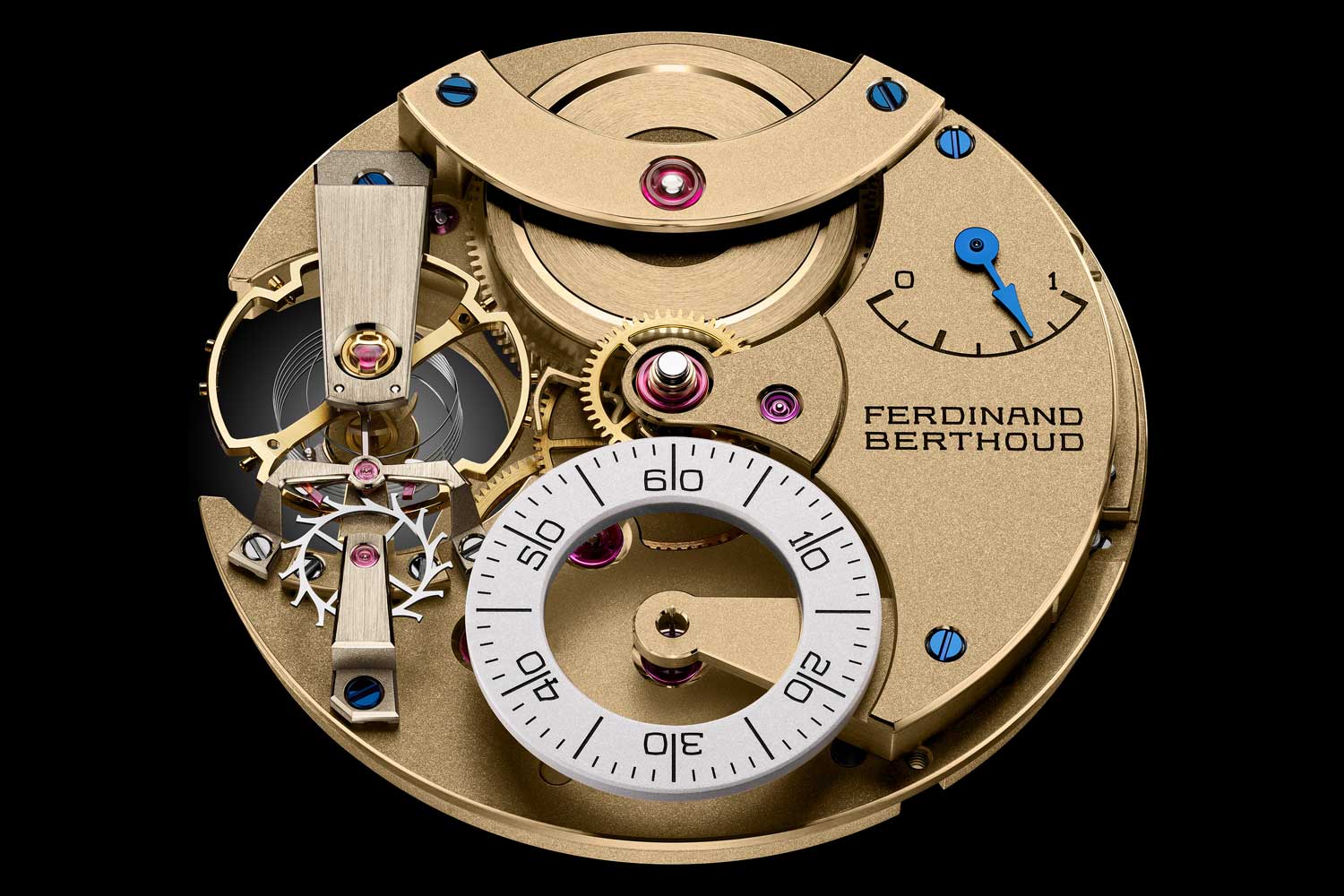
Calibre FB-SPC (Front)
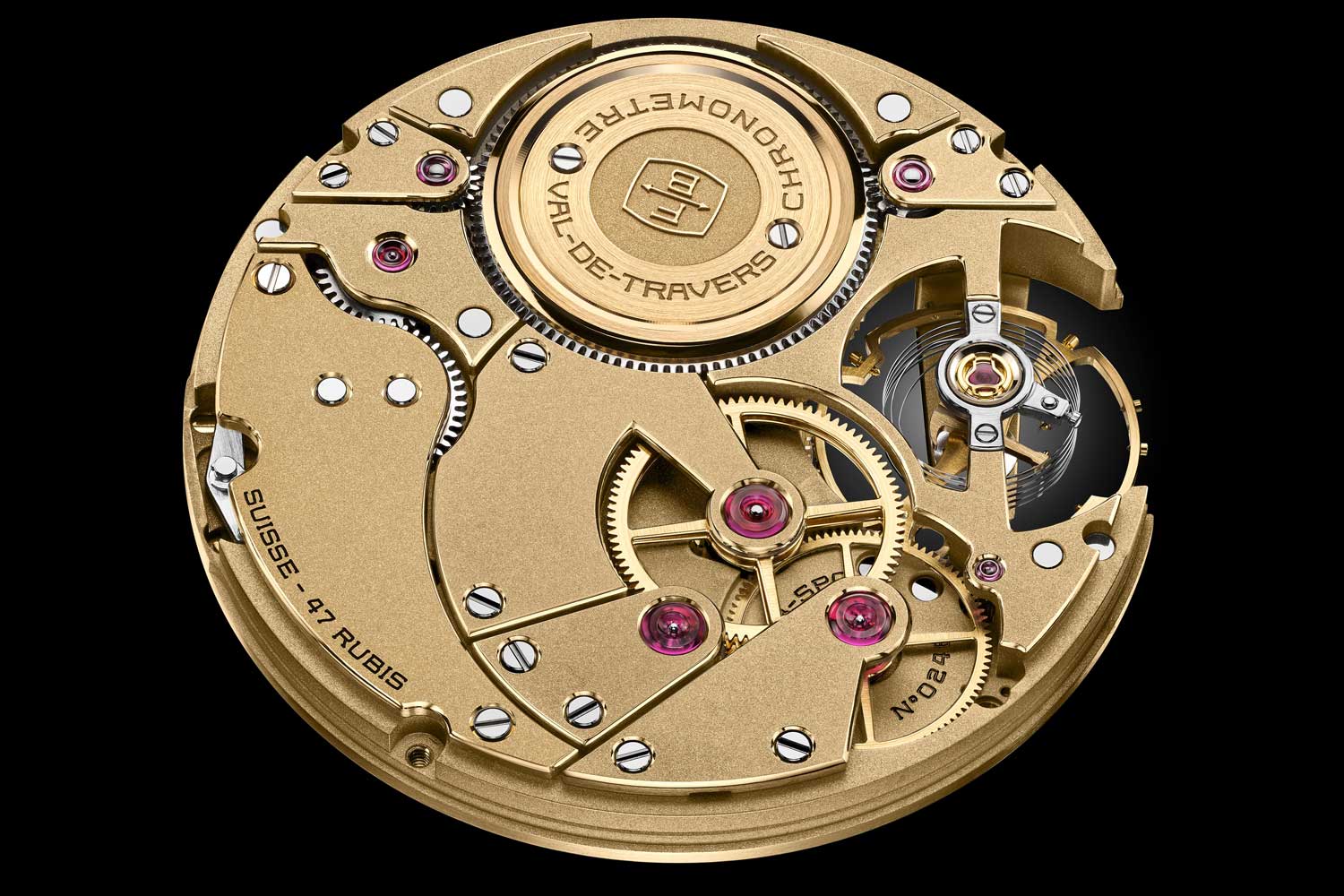
Calibre FB-SPC (Back)
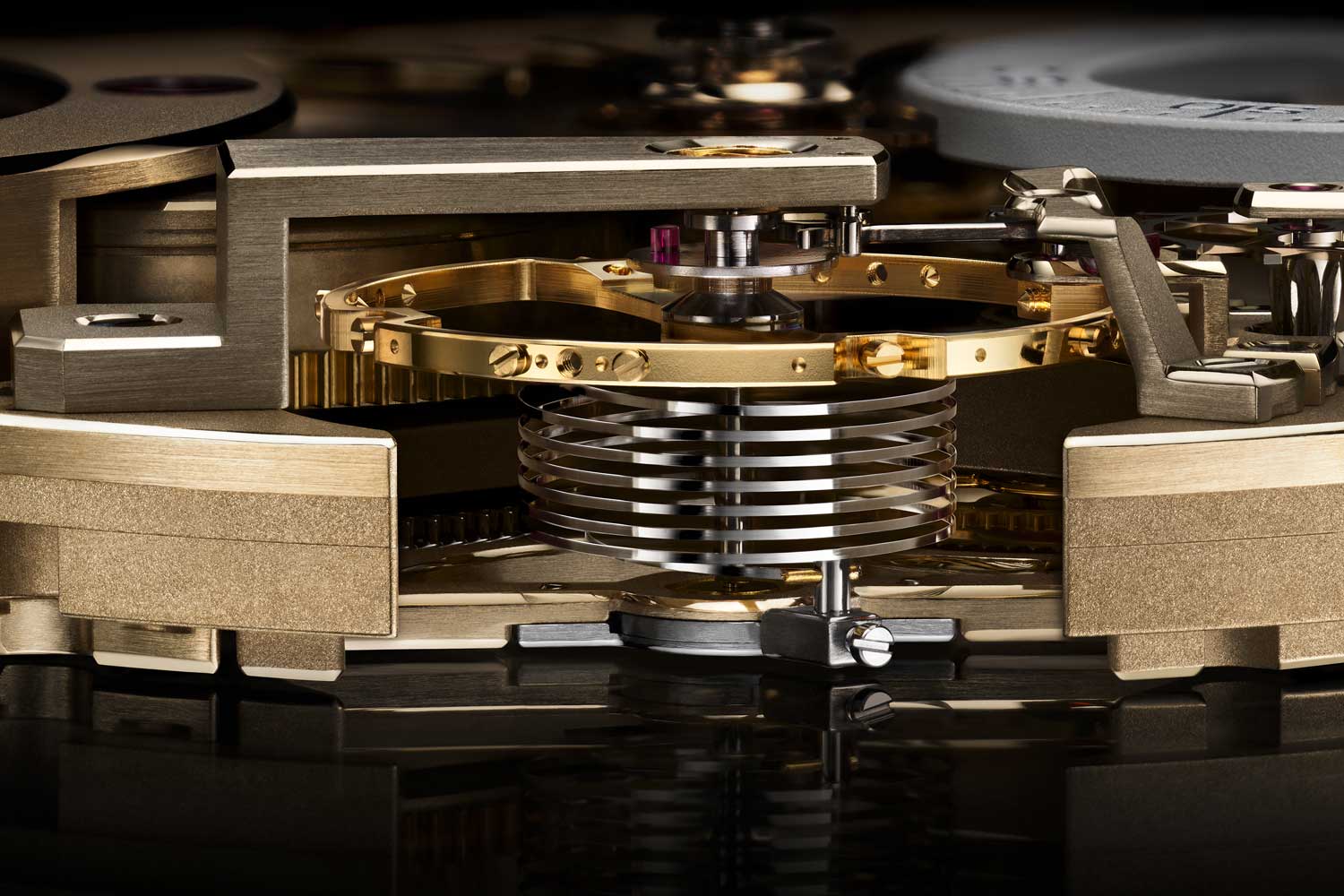
Calibre FB-SPC (Side)
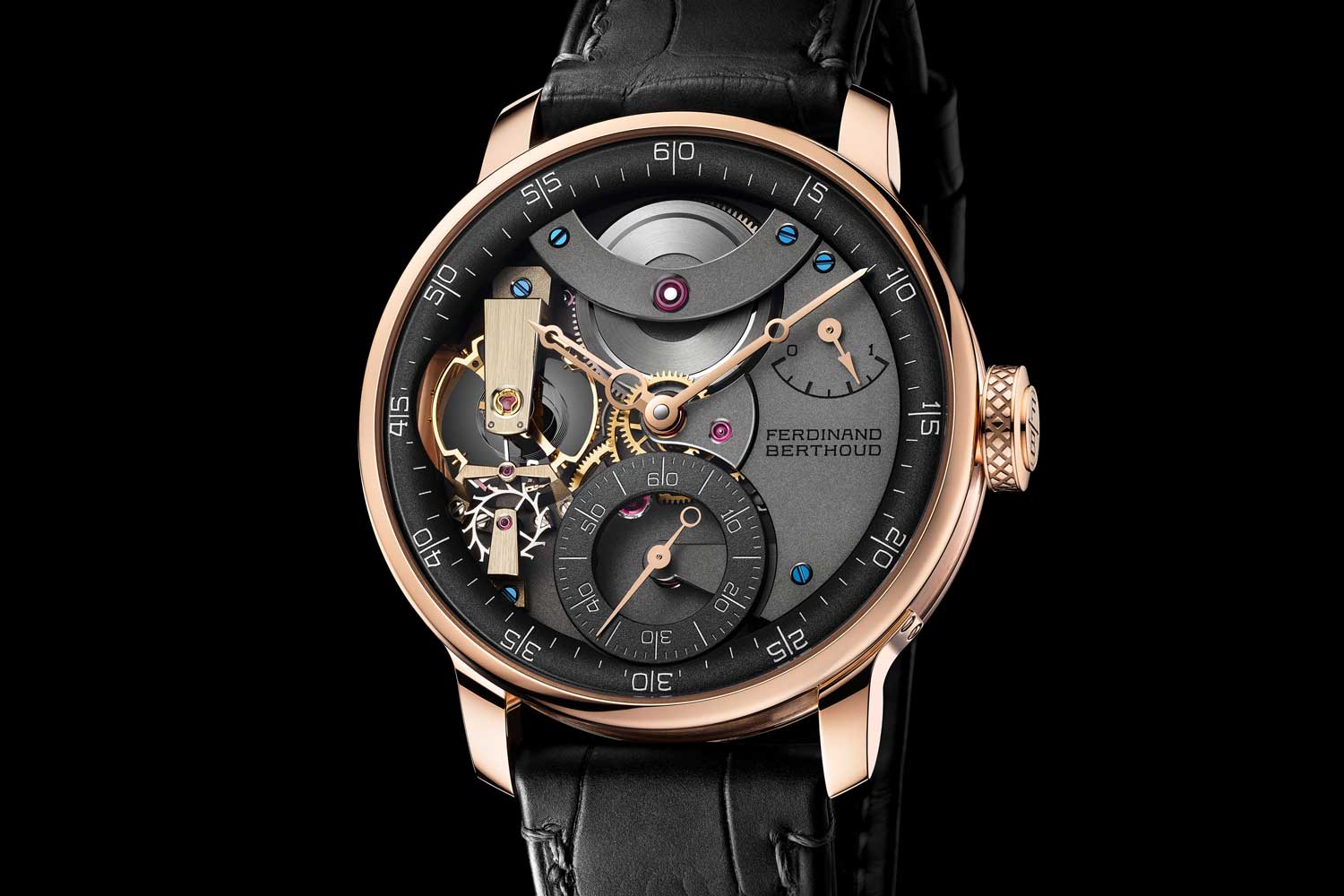
Ferdinand Berthoud FB 3SPC.2
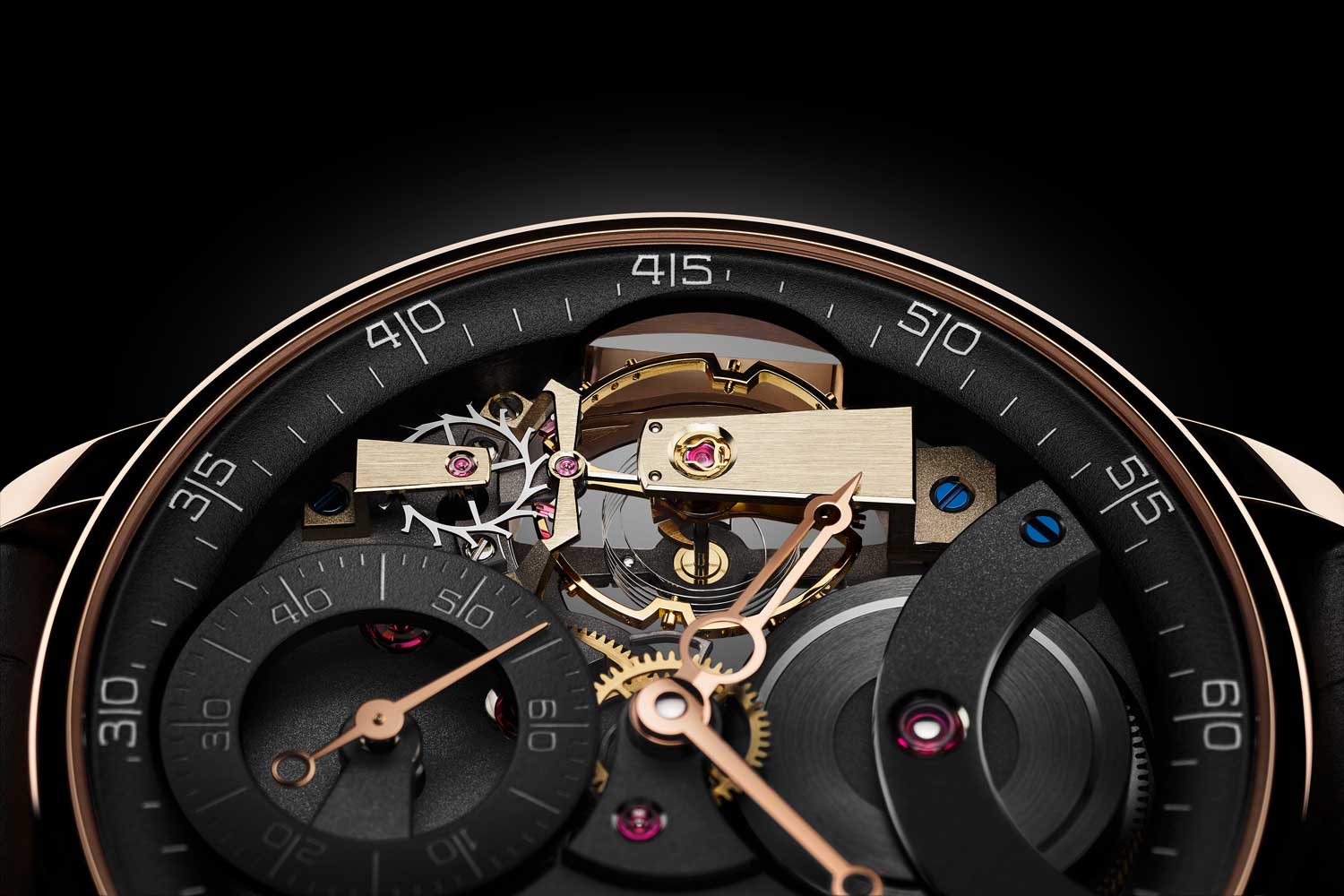
Ferdinand Berthoud FB 3SPC.2
Tech Specs
Reference: FB 3SPC.1/2
Movement: Manual-wind caliber FB-SPC, cylindrical hairspring, 3Hz, stop seconds, 72-hour power reserve
Functions: Hours, minutes, small seconds, power reserve
Case: 42.3mm x 9.43mm; 18K white gold or 18K rose gold; porthole at middle case; sapphire crystal; exhibition caseback; water-resistant to 30m
Strap: Alligator leather strap with gold pin buckle
Availability: Limited to 25 pieces a year










